#canon 70-200mm f.4
Explore tagged Tumblr posts
Text
The Little Parrot

A Psittinus cyanurus or Blue-rumped Parrot stripping barks in the former Jurong Bird Park. Photo credit: Jonathan Chua.
Shooting through the wire mesh was quite easy with a full-frame sensor and with the aperture set wide open at f/4. This was taken against a dark corner of the cage with a stop of underexposure.
#photographers on tumblr#bird photography#bird pics#blue-rumped parrot#canon 70-200mm f.4#canon eos rp#canon photography#flora fauna#photography tips#Psittinus cyanurus
40 notes
·
View notes
Text
Sony RX100 VII Thoughts After Two Months


PROS:
Stacked sensors are the future. Well, technically the present considering that Canon, Nikon, Sony, Fuji, and OM Systems all use stacked sensors in their top of the line cameras. Either way, finally getting to experience shooting with one on a daily basis has made me want one in pretty much any camera going forward. The benefits are twofold: Not only do you get shutter speeds up to 20 frames per second, and without a mechanical shutter flipping in the way obscuring your view in between shots, but you also get no rolling shutter while doing it. Pretty much every Sony camera can shoot 10 fps bursts with the silent shutter, but any movement can give you a jello-like effect since the sensor reads out so slow on non-stacked cameras. The only con, at least on this camera, is that you can’t shoot flash at higher than 1/100 with the electronic shutter. That’s still plenty fast for a lot of stuff, but well below the 1/2000 you get when shooting the mechanical shutter.
The fast frame rate wouldn’t make much of a difference if the camera was bad at autofocusing, but this camera is great at it. It has a lot of the same fancy focusing stuff that my full frame Sony has like human/animal eye autofocus and all the tracking modes I’m used to. It actually makes the camera pretty solid for wildlife if you can get close enough at the 200mm end.
Speaking of that, the 24-200mm equivalent is a great range, and one that I missed a lot since I traded away my Tamron 28-200 to help cover the cost of my A7RIV. The small size and extra 4mm on the wide end actually makes it even more convenient than that Tamron.
Aside from covering a broader range than the 24-70 equivalent lens from the older RX100 cameras, this lens also seems noticeably sharper. The last RX100 model I had, the Mk. IV, just didn’t seem as crispy as this lens is.
It has a touchscreen! It’s wild to think that the previous RX100 cameras I owned didn’t have this basic ass feature, but Sony was very late in putting touch screens in their cameras. Ironically, I don’t really use it in this one because the AF is good enough that I can just do focus and recompose with tracking.

CONS:
It’s still only a 1” style sensor so high ISO isn’t the cameras strong suit. Programs like DXO PureRAW help a lot and let you get somewhat usable images at ISO 6400 in a pinch, but you’re kinda pushing things at that point.
While the lens is sharper and covers a wider range than the older models, it’s also significantly slower. At 24mm equivalent it’s already at f/2.8 where the old cameras were f/1.8. It’s f/3.2 at 25mm, f/3.5 at 33mm, and f/4 at 40mm. From 109mm to 200mm you’re at f/4.5. The relative slowness of the lens combined with the small sensor means that this can struggle getting quality images in low light without a tripod or something.
No USB-C. My Fuji, Ricoh, and larger Sony all have USB-C charging, which is amazingly convenient when traveling. I haven’t really gone anywhere with this camera yet, but having to account for a micro USB cable is annoying since pretty much everything aside from my iPhone uses USB-C.
It’s expensive. Just like my Mk III and Mk IV I got it used so it was cheaper than retail, but the copy I got cost about twice what I paid for the previous models.
Start up time is just a tad bit slower than I’d like. The GRIII and X100V both beat it that regards, albeit those aren’t zoom lens so I have to cut the Sony some slack.

SAMPLE PHOTOS:
(The sample photos were edited in Lightroom Classic and DXO PureRAW2. Also, the sensor creates a roughly 2.7x crop factor, so the 9-72mm lens equates to 24-200ish)

Young Bird | ISO 160. 72mm. f/4.5. 1/200.
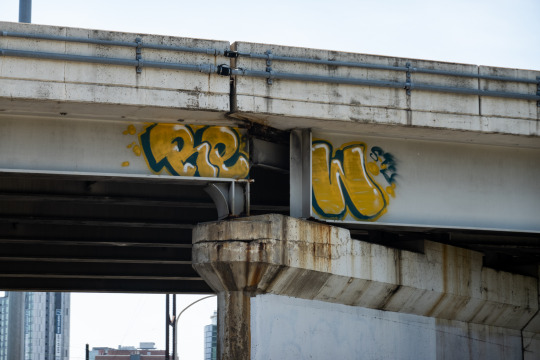
Graffiti Shot from a Car | ISO 100. 33.98mm. f/4. 1/400.
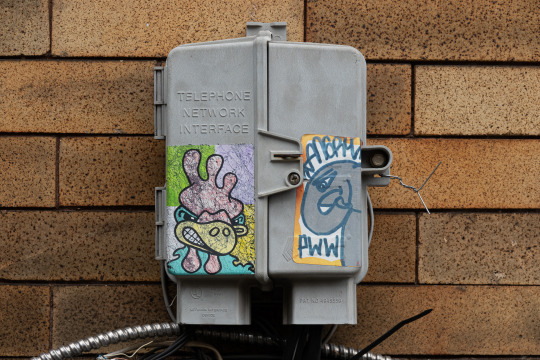
Stickers | ISO 100. 29.67mm. f/4.5. 1/100.
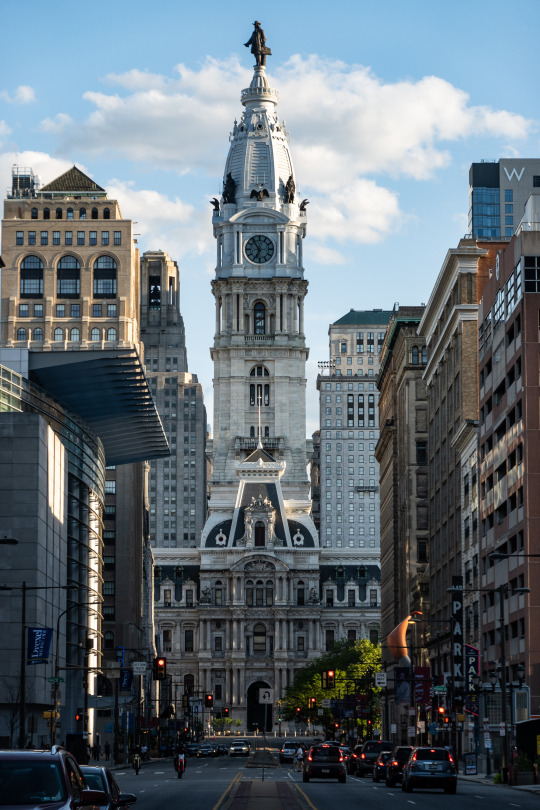
City Hall | ISO 100. 38.13mm. f/4.5. 1/200.
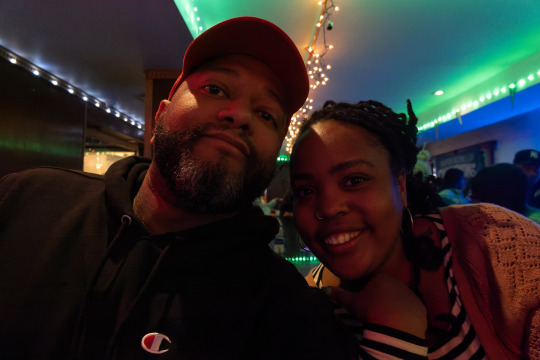
Flip Up Screen Selfie with My Friend Hanae | ISO 3200. 9mm. f/2.8. 1/40.

Zoomed in Graffiti | ISO 640. 72mm. f/4.5. 1/500.

Fishing Store Neon | ISO 800. 28.67mm. f/8. 1/200.
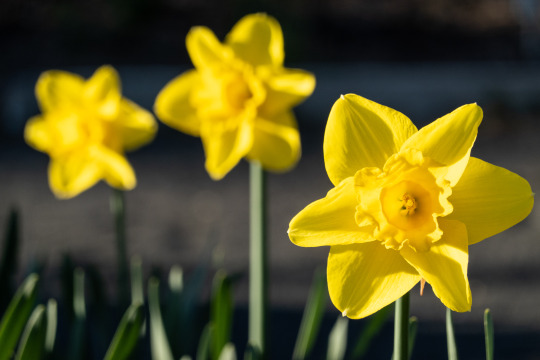
Flowers | ISO 200. 72mm. f/5. 1/640.
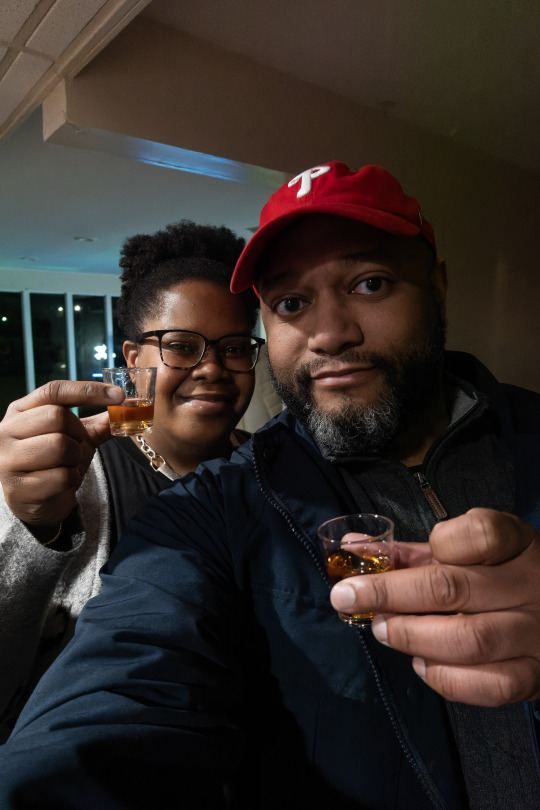
Selfie Shots with My Sister | ISO 3200. 9mm. f/2.8. 1/100.
32 notes
·
View notes
Text
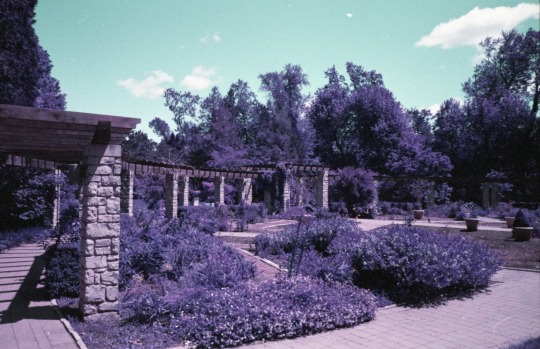

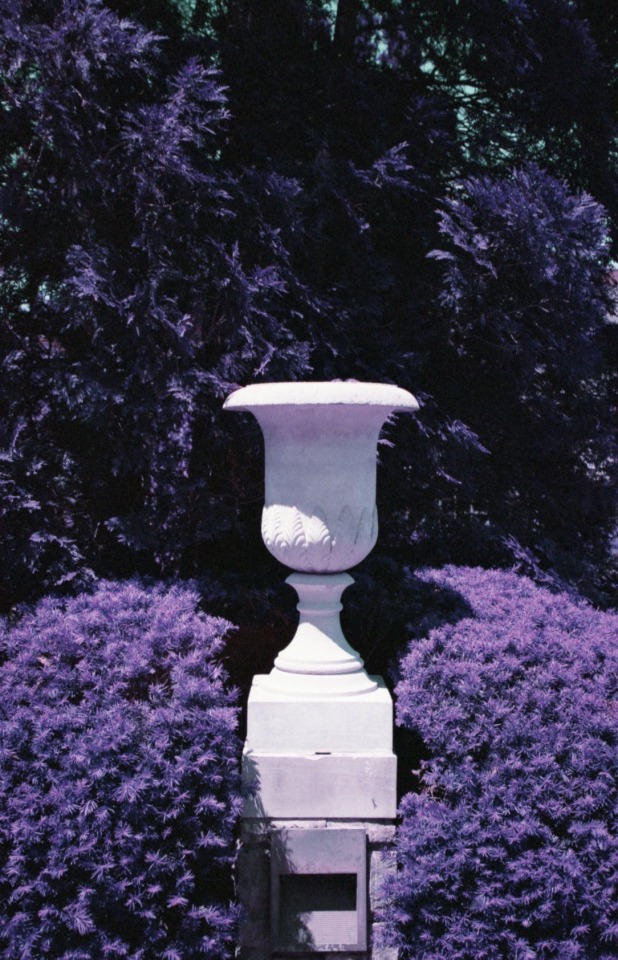
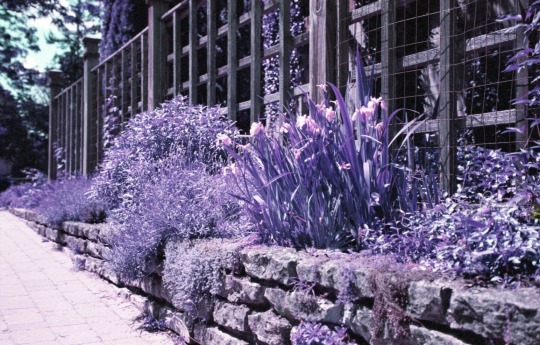
Canon EOS-1, EF 70-200mm f/2.8 L and 17-40mm f/4 L, Lomochrome Purple (ISO 200)
#film photography#photography#35mm film#film is alive#analog photography#canon eos#film is not dead#analog#psychedelia#photographers on tumblr
5 notes
·
View notes
Text
Julita
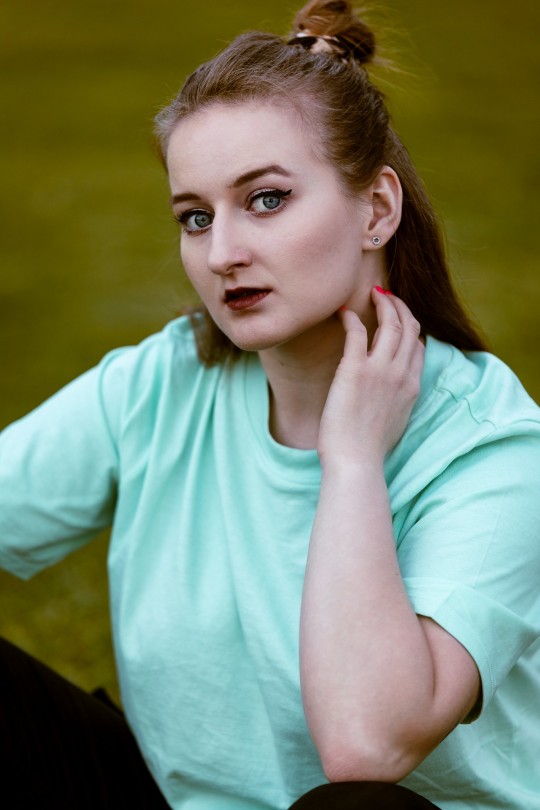
Canon EOS R6, TAMRON SP 70-200mm F/2.8 Di VC USD A009
ƒ/2.8, 172mm, 1/250s, ISO 250
4/06/2021
[EN] Here is just a portrait of Julita. When I look at the dates, I am surprised by how much time has passed. Meanwhile, it's time to create new memories. Finally, a free Saturday!
[PL] Oto prostu portret Julity. Jak patrzę na daty to jestem zdziwiony ile czasu to już minęło. Tymczasem czas stworzyć nowe. W końcu wolna sobota!
#photography#fotografia#photographer#photo blog#mazury#photographers on tumblr#portrait#kobieta#portret#dziewczyna
3 notes
·
View notes
Note
Hello! Sorry to bother you, but I saw your picture of Philemon and started poking around your photography blog... and loved how you were able to capture the moment in a lot of them. I'm going to be attending my first con ever in about a month, and am looking for tips/advice partly because while I have done some manual shooting for sports/street, it's been predominantly outdoors and during the day and also partly because I love your photos and would love to hear some of what works for your if you are willing to share (please don't feel obligated to share if you don't want to or don't have the energy!).
While I have a ton of questions, maybe the one I'm most curious about is if you've found the lighting at cons hard to work with. I don't have a particularly fast tele zoom lens (f4-5.6), and pretty much all I've seen online (besides up iso) is to buy a fast lens. I have a 56mm f1.4, but I'm pretty sure I'll be sitting too far away to get the detail and dof I want with that. Is it worth bringing a slow telephoto zoom lens for the con though or will the lighting just make taking my 56mm make more sense? I don't want to buy a new lens that I don't need otherwise for this, and I also am a bit unsure about what/how much to pack given that I've never been to a con and am not experienced enough shooting indoors to guess based on the con videos how bad the lighting is.
I know it's not only the gear that makes the photo, but if you have any advice for a novice, I'd be happy to hear it. Thank you for making it through my ramble ask. Sorry again for bothering you...
First of all, thank you so much for your comments in my photos! I consider myself one of the least experiences photographers you'll find at a con, so Knowing that someone likes my work really makes my day! 😍😍😍
Gonna put the rest of this under a cut cuz it got long. lol
To give you an idea of what I'm working with, I was in seat B40 this year. That's all the way on the side aisle. My camera is a Canon EOS Rebel T6i, and the lens I used was a Canon EF 70-200mm f/2.8 lens. Occasionally, I sat in empty seats that were closer and snapped a few shots, but not many. (I sat in the front row for the shots I posted of Tom Welling and Michael Rosenbaum. Tom was on stage, Michael was just... EVERYWHERE. 🤣)
The lighting at Creation cons is not great. Also, it can change from panel to panel. It would be lovely if they could mount their lights higher so the guests don't get blinded and ask for the lights to be brought down. But, since that will probably never happen, we work with what we've got.
Personally, I love a zoom lens because I'm always zooming in and out, trying to catch different things. I know other photographers favor not zooming because they get better quality photos in other ways, but I'm not clear on how that works.
Now, for my first suggestion: rent a lens. It's fairly inexpensive to rent a lens, and you get to try different lenses out without spending a fortune on lenses you later figure out aren't what you want. I believe a few of the other con photographers use a site called lensrentals.com. I rented a lens last year from Unique Photo in Philly, since they're not too far from me. You can also rent from UP online at uniquephoto.com. I went in person to talk to one of their experts to help me decide what kind of lens I wanted to try since I'm so new to this. They also have a store in Fairfield, NJ, so if you're close to either of those places, I would definitely suggest you head in there and check them out!
The reason why I'm suggesting that you rent a lens is because I think you'll want a lower f-stop than your zoom lens has, and if you're further away than the first 3-4 rows, you're going to want to zoom. (Gotta get up close and personal with the pretty!!! And good lord, but they're all so freaking pretty.) Renting a lens is a relatively cheap way to test things out. It's possible you may rent a lens and then later realize that your own lenses would have done the job. You'll only be out a hundred bucks or so by renting. (UP did require a deposit of half the retail value of the lens, but they were great about getting that back to me quickly.)
ISO - I'm always trying to use the lowest ISO I can get away with because noise is a pet peeve of mine. (I adore Lightroom's new Denoise AI!!!!) I know other photographers aren't as picky about noise and raise their ISO. I try to keep mine at or below 3200. One of my friends shoots at an ISO I didn't know existed, it's so high. (She yells at me. "You need to increase your shutter speed and your ISO, Michelle!") She's got a Nikon, though, and I sometimes wonder if camera make and model might also affect things like that.
As far as packing is concerned, I'm a bad person to ask. I bring freaking everything, even when I know darn well I'm not gonna use it. Seriously, the only thing I left at home this con was my lens balls. I'm terrible.
The biggest thing I learned early on is that you can always lighten dark photos in processing, but it's really hard to darken overly light photos.
Renting a lens and shooting darker are the two big suggestions I have. Every photographer I know at cons does things a little differently though. Most are willing to stop and chat about what settings they use, too. @mandileaphotography, @brooksba, and @ditchlilytiger are three awesome photographers and people that I know are here on Tumblr and I can tag them. lol! They each may have their own tips and tricks to suggest! Mandi has helped me and countless other newbie photographers over the couple of years I've known her.
Something that Chris Schmelke said to me about editing, but I use it when shooting, too: If you're not sure where to start, see what Auto does, and then make changes from there until you're happy. If I'm really not sure where to start with my camera settings, I take a burst or two of photos in auto mode and see what settings the camera thinks are right. Then, I adjust until I'm happy.
Non-photography tips for your first con: Take snacks because forgetting to eat is totally a thing. Hydrate hydrate HYDRATE. Have a binder or something to keep your photo ops in. Drink more water. Wear comfortable shoes. Take a water bottle with you. Take Chris Schmelke's photography class because he's a sweetie and loves to answer any questions you might have about photography of all kinds. And don't forget to drink plenty of water. Have I mentioned staying hydrated? You think I'm kidding, but I failed at both eating and drinking water last weekend and then wondered why the room started spinning. And that was my 9th Creation con. I know better and I still did it! More tips like this can be found at @spncontips!
If you're on Twitter, check out @spnconphotogs there. A bunch of us run that account and we have lists of con photographers you can follow and get to know. We also have a Discord server that we don't use much, but it's there if the ex-bird app ever truly dies. DM me or one of the others for an invite!
Sorry for the babbling, but this is everything I can think of off the top of my head to help you out! Even the "big name" fandom photographers are all nice and sweet as pie and willing to help you out if they're not running from one place to another. Just find someone with a really big lens and say hi!!

2 notes
·
View notes
Text
Canon EF 70-200mm f/4 L USM
Tthis is fake demo content. All prices are not correct, all logos, images are just for visual purpose, you should delete this post on your real site. Gala flagships have always led the way when it comes to imaging, their cameras always being among the top performers in the market. This time around, Samsung went backwards to play a different game of numbers: fewer but larger pixels, all 12 million…
0 notes
Text
Top 5 Camera Gear
Introduction
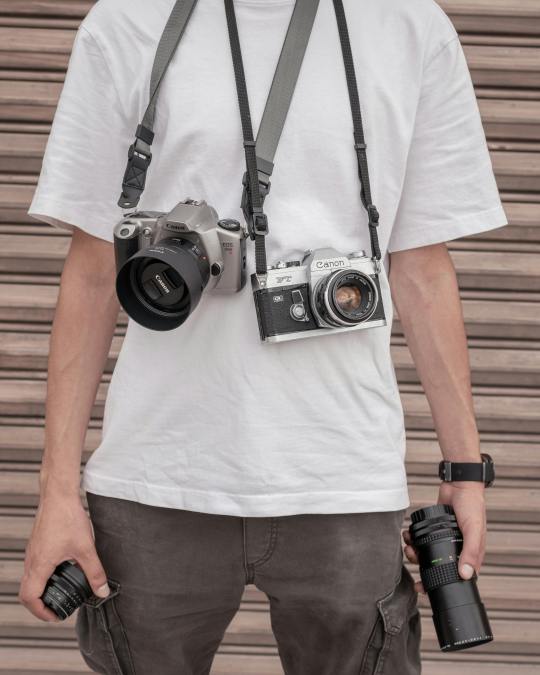
Every photographer, whether a beginner or a seasoned pro, needs reliable gear to capture the perfect shot. The right equipment not only enhances image quality but also makes shooting more efficient. If you're looking to upgrade your camera setup or just starting, having the right essentials will ensure you're always ready to snap stunning images. Here’s a breakdown of the top five must-have camera gear every photographer should own.
1. A High-Quality Camera Body
Why is a good camera body essential?
A camera body is the foundation of every photography setup. Whether you prefer a DSLR or a mirrorless camera, having a model with a high-resolution sensor, fast autofocus, and great low-light performance can significantly improve your shots.
Some of the best options include the Canon EOS R5, Sony A7 IV, and Fujifilm X-T5. These cameras offer excellent image quality, reliable autofocus, and versatility for different photography styles. While camera bodies evolve with technology, choosing one that fits your needs and budget is crucial.
2. A Versatile Lens Collection
Why do lenses matter more than the camera body?
A high-quality lens can make a bigger impact on your photography than the camera itself. Investing in the right lenses allows you to capture sharper images, achieve better depth of field, and work in various lighting conditions.
50mm f/1.8 (Prime Lens) – A budget-friendly must-have for portraits, street photography, and low-light situations.
24-70mm f/2.8 (Zoom Lens) – Ideal for travel, events, and everyday photography.
70-200mm f/2.8 (Telephoto Lens) – Perfect for sports, wildlife, and portrait photography.
If you shoot with Fujifilm, lenses like the XF 23mm f/1.4, XF 35mm f/2, and XF 50mm f/1.0 provide outstanding image quality and versatility.
3. A Sturdy Tripod
Why is a tripod a must-have?
A tripod is essential for long exposure shots, landscape photography, astrophotography, and even vlogging. A good tripod provides stability, eliminates camera shake, and allows for more creative compositions.
Some of the best tripods include the Manfrotto Befree Advanced, Peak Design Travel Tripod, and Gitzo Series 1 Traveler. When choosing a tripod, consider factors like weight, height, and build quality. Carbon fiber models are lightweight yet sturdy, making them ideal for travel photographers.
4. External Flash or Continuous Lighting
Why is lighting important?
Lighting is one of the most critical factors in photography. An external flash or continuous light source helps control exposure, reduce harsh shadows, and improve image sharpness in low-light situations.
For flash photography, the Godox V1, Canon Speedlite 600EX II-RT, and Nikon SB-700 are excellent choices. If you prefer continuous lighting, LED panels like the Aputure AL-M9 or the Godox SL60W work well for portraits and product photography.
5. Memory Cards and Extra Batteries
Why should you always carry extras?
Running out of storage or battery life during a shoot is frustrating. High-speed memory cards ensure quick write times, especially when shooting in RAW or 4K video.
Recommended memory cards include the SanDisk Extreme Pro, Lexar Professional, and Sony Tough Series. For batteries, always carry an extra set compatible with your camera. Popular options include Canon LP-E6N, Sony NP-FZ100, and Fujifilm NP-W235.
Final Thoughts
Having the right camera gear makes a huge difference in your photography journey. A quality camera body, versatile lenses, a sturdy tripod, reliable lighting, and extra storage and power ensure you're always prepared for any shooting scenario. Check out the full list of the best camera gear and camera accessories for travel. Investing in these essentials will not only improve your photography but also make your workflow smoother and more enjoyable.
0 notes
Text
Canon EF 70-200mm f/4 L USM
Tthis is fake demo content. All prices are not correct, all logos, images are just for visual purpose, you should delete this post on your real site. Gala flagships have always led the way when it comes to imaging, their cameras always being among the top performers in the market. This time around, Samsung went backwards to play a different game of numbers: fewer but larger pixels, all 12 million…
0 notes
Text
Canon EF 70-200mm f/4 L USM
Tthis is fake demo content. All prices are not correct, all logos, images are just for visual purpose, you should delete this post on your real site. Gala flagships have always led the way when it comes to imaging, their cameras always being among the top performers in the market. This time around, Samsung went backwards to play a different game of numbers: fewer but larger pixels, all 12 million…
0 notes
Text
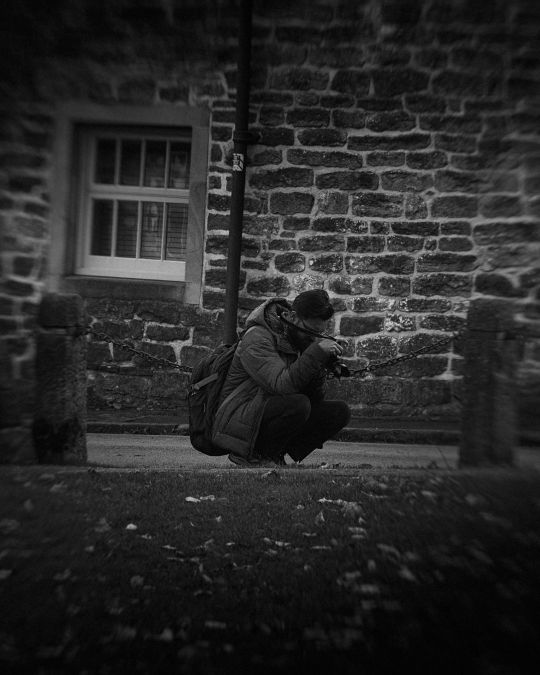
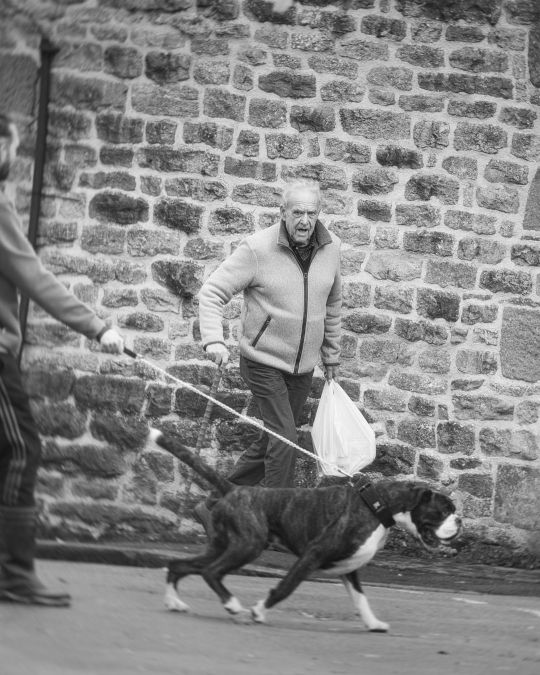


Street photography. Peak District England.
Canon 1300
Canon EF 70-200mm f/4 L USM
#photography#photographer#black and white#black and white photography#street photography#travel#travel photography#art#original photography#digital photography#cinematic photography#peak district#photographers on tumblr#street
1 note
·
View note
Text
Lovey Dovey Mynahs
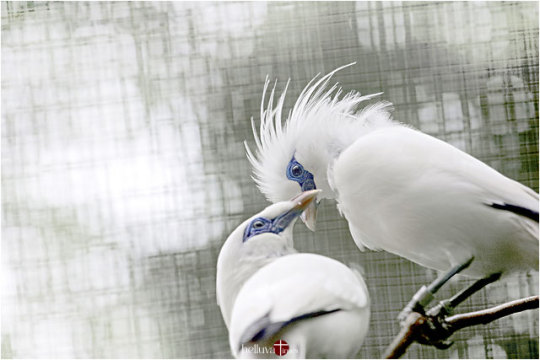
The official bird of Bali in the former Jurong Bird Park. Photo credit: Jonathan Chua.
Shooting against the light, the exposure was biased brighter by just 1/3 stop but had need to be brightened further in post. The colour was also a little desaturated and had to be intensified some 40 percent.
#photographers on tumblr#bali myna photos#bird photography#bird pics#canon 70-200mm f.4#canon eos rp#canon photography#flora fauna#Leucopsar rothschildi#photography editing#photography tips#sigma 2x teleconverter
5 notes
·
View notes
Video
vimeo
Into The Nature from Timeflees - Filippo Rivetti on Vimeo.
Explore and lose yourself in the beautiful nature of Valbelluna, Italy. It is a vast valley in the Belluno province of Italy offering a wide variety of activities in both summer and winter.
Selections: October 2015 - 6th International Short Tourism Film Festival of Amorgos
Some of the locations: Paragliding over Feltre Nevegal Lago Santa Croce Bus del Buson Brent de l'Art Catini del Brenton Cornolade Basilica Santuario dei Santi Vittore e Corona
This video was part of a project commissioned by the Italian region and produced for Can't Forget Italy: 4 video makers from all around the world produced 4 videos using different techniques. Check out all the videos here: youtube.com/user/DigitalDiaryItaly
Thanks to all the local staff for the incredible helpfulness!
1 week of shooting (mostly in wet weather) 525GB of raw data 22,000 raw files and videos
Music: Kings by Ryan Taubert
Equipment used: Cameras: Canon 5DIII and 6D Lenses: Canon 16-35mm f/2.8, 70-200mm f/2.8, 24mm f/1.4 Dolly: Dynamic Perception Stage 1 + eMotimo TB3
LICENSING All sequences available in 4K (and more) resolution. For any licensing inquiries please contact Diimex at [email protected].
For more info and updates: timeflees.com fb.com/Timeflees youtube.com/FRivettiPhotography instagram.com/timeflees twitter.com/FilippoRivetti
0 notes
Video
Salix babylonica by Pascal Volk
#200mm#Alt-Hohenschönhausen#Berlin#Berlin Lichtenberg#Canon EF 70-300mm f/4-5.6L IS USM#Canon EOS 5D Mark IV#DxO FilmPack#Europe#Germany#Kodak Kodachrome 25#Oberseepark#Natur#nature#naturaleza#Pflanze#plant#planta#Árboles#Bäume#Trees#Salix babylonica#Trauerweide#Babylon willow#weeping willow#垂柳#sauce llorón#Spiegelung#Reflexion#Reflection#Reflexión
0 notes
Video
2018-07-20-SDCC-21 by Robert T
#Robert Torres#RoberT T#Robert#Torres#Robert T Photography#Serrota#Serrotatauren#Canon#5DMkIII#24-105mm f/4 IS#60D#70-200mm f/2.8L IS II#San Diego#San Diego Convention Center#SDCC#SDCC2018#CCI#Comic Con International#San Diego Comic Con#San Diego Comic Con 2018#Cosplay#2018 san diego comic-con international marvel fan shoot#Marvel Group Shoot#Marvel Comics#Marvel
2 notes
·
View notes
Text
Fotografie im Kiteparadies
Wir möchten an dieser Stelle gerne alle Fotografen und Fotografinnen nennen, deren Fotos das Kite Paradies erst so paradiesisch machen. An erster Stelle seien erwähnt Manuel Storzer und Raphael Sütterlin (unten mehr) nicht zu vergessen Sebastian und Oli (nicht nur hinter der Kamera). Andere Bilder spendete das Bild Archiv von info-art und der bioraum gmbh, bzw fotolia (Farmer – Fotolia.com, und …
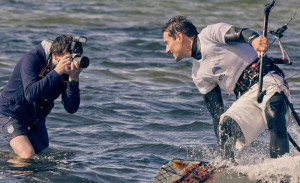
View On WordPress
#17-70mm F2.8-4.5#Actioncam#AT-X Pro SD 12-24mm f/4#Canon#EF 300mm f/4 IS L#EF 35mm f/1.4 L#EF 70-200mm f/4 L#EOS 5D Mark II#EOS 600D#Fotografie#GoPro#GoPro Hero3#Kite-Fotografie#Kite-Fotos#Kitesurfen#Manuel#Raphael#Sigma#Speedlite 480EX#Sportfotografie#Tokina
0 notes
Photo
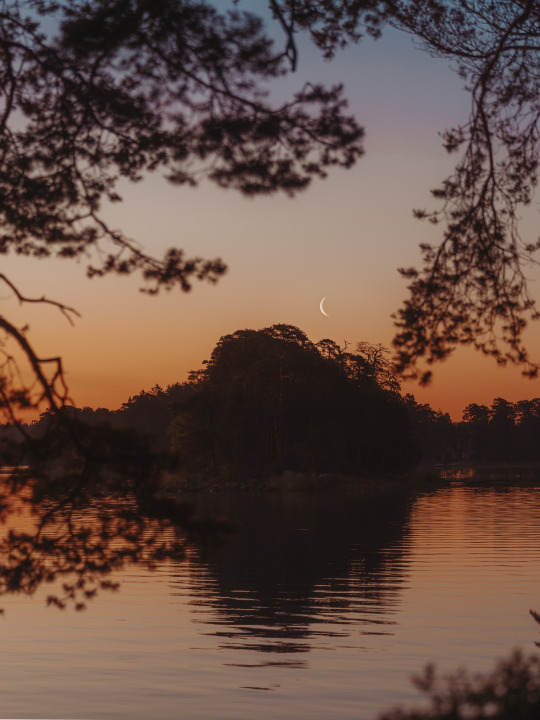


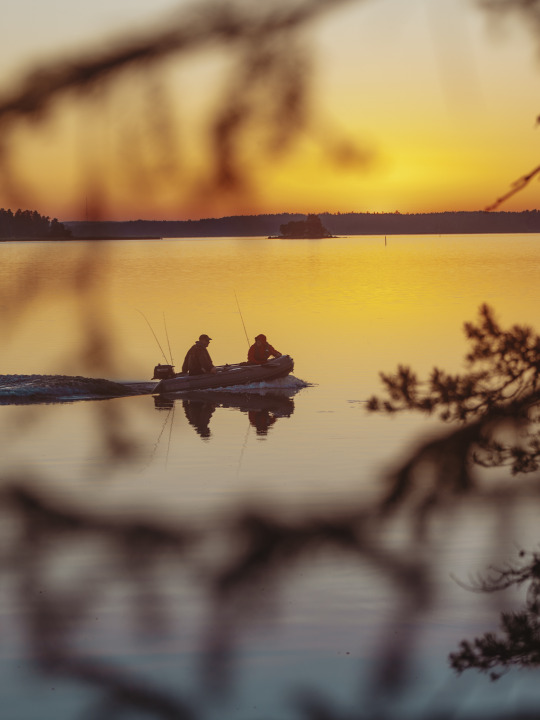


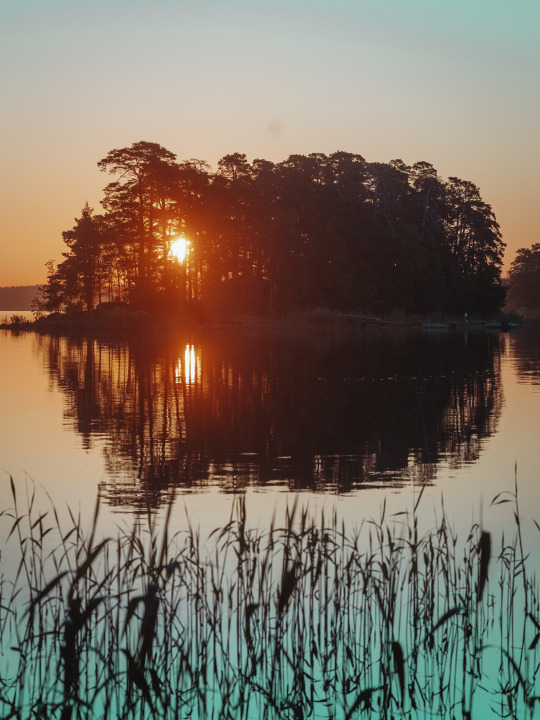
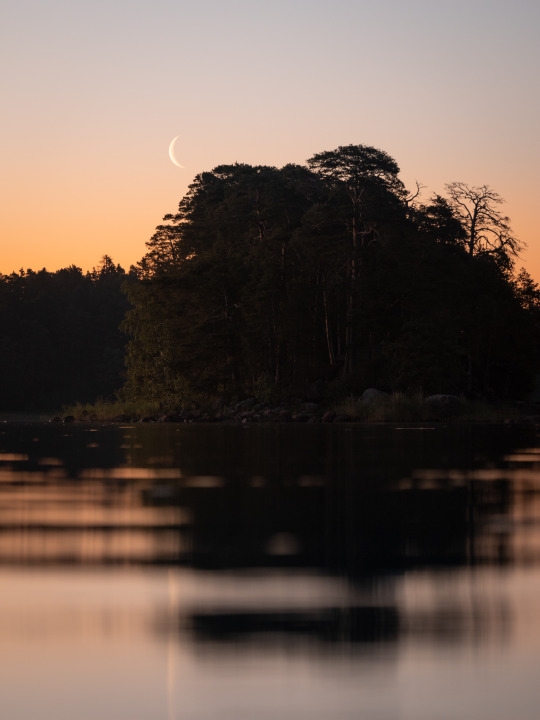
(РУС ниже) Hey! How was your Midsummer? What did you do?
Choose a favorite (1-8)
For the shortest night, we went to Emäsalo, not far from Porvoo. My friends found a lovely spot that overlooks the sunset over the sea. Here are the pics from sunrise to sunset.
Photographer notes
Shot on Canon R6, lenses: Canon EF 16-35mm F/4 IS, Canon RF 70-200mm F/2.8 IS.
---RUКак вы провели Юханнус (летнее сонцестояние)?
Какое фото понравилось? (1-8)
Мы поехали на полуостров Emäsalo, недалеко от Порвоо. Мои друзья нашли классную точку c видом на закат и море.Тут подборка от заката до рассвета
Заметки фотографа
Снято на Canon R6, объективы: Canon EF 16-35mm F/4 IS, Canon RF 70-200mm F/2.8 IS.
14 notes
·
View notes